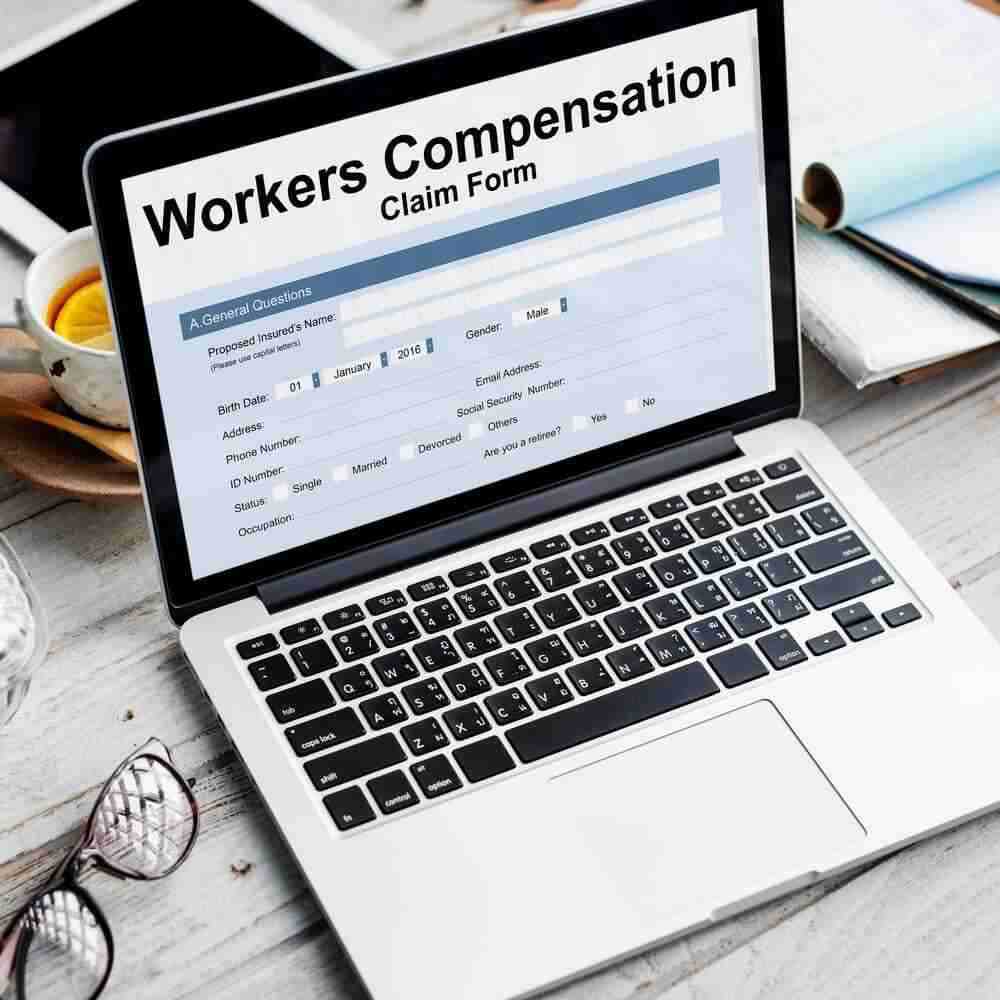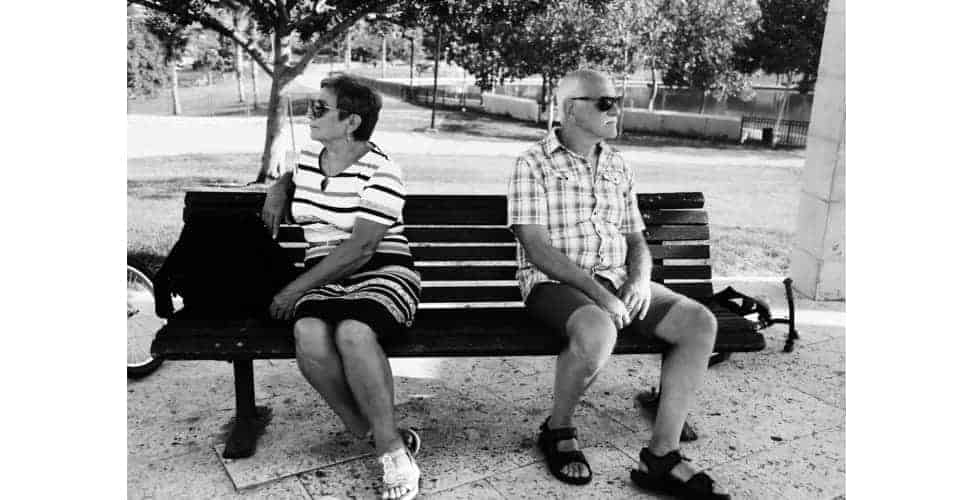Your Comprehensive Guide to Workers' Compensation

Most people go through their day thinking about what they need to get done or when they’ll be able to snag their next cup of coffee.
But not too many people head to work thinking about the possibility of sustaining an injury that could completely reshape their life. Despite the possibility rarely making it to the forefront of most people’s minds, it is unfortunately common.
1. What is Workers’ Compensation (WC)?
According to the Bureau of Labor Statistics (BLS), in 2016, roughly 2.9 million nonfatal workplace injuries were reported by employers in private industries. That equates to 2.9 cases for every 100 full-time equivalent employees working at the time. Employers need to know what this means for their businesses. And employees need to know their rights.
Employees who are injured or become ill as a direct result of their job are entitled to workers’ compensation (WC), a special type of insurance that provides cash benefits and medical care. Employers must buy insurance or in certain cases they can self-insure, but they cannot require an employee to contribute to the cost.
Injured employees will receive periodic payments according to rules set by the Workers’ Compensation agency for their state. To receive benefits, an injury must be accepted by the insurance carrier and employer as industrial, i.e, work-related. If a claim is denied, the employee will have to litigate that issue, but the employee may be able to receive disability payments and/or medical care during the dispute.

Most WC claims are resolved relatively quickly, but some are not so easily resolved, and numerous administrative hearings may ensue. Unionized employees may be covered by an alternative dispute resolution process known as a carve-out, involving private arbitration and mediation. Whether the injury is governed by an alternative plan or state administrative law, mediation can help parties reach resolution without costly, time-consuming hearings.
2. The Difference between a WC Case and a Personal Injury Claim or Lawsuit
One of the primary differences between WC and a personal injury claim is fault. In a typical WC case, there is no need to establish blame. An employee’s negligence does not diminish their claim any more than an employer’s negligence increases it. In a personal injury case, the injury must be shown to be someone else’s fault. Another distinguishing feature is that WC is an administrative process and a personal injury claim is a judicial one. As a result, different rules of procedures and evidence apply.
There are many situations where a WC case and personal injury case can occur simultaneously. For example, imagine a construction worker paving a section of highway. Drivers are supposed to slow when passing a construction site, but if someone neglects to slow and skids into the site, injuring the worker, there are multiple cases to sort out.
The worker is entitled to WC through their employer. But the worker also has the option to make a personal injury claim against the driver. If that driver is also working, say as a delivery driver, the construction worker can make a personal injury claim against the driver and the delivery company.
3. What is a Workers' Compensation mediation?
WC is essentially a deal between employers and injured employees, sometimes called the “Grand Bargain.” Employees receive wage replacement and medical benefits in return for relinquishing their rights to sue.
Most WC claims are based on orthopedic injuries, such as , but any injury sustained in the scope and course of employment could be the basis for a claim.
These situations can be highly emotional, and when emotion runs high, it leaves room for dispute. If the dispute expands beyond a level the parties can handle on their own, mediation is a speedy and cost-effective means of getting help finding a resolution.
Mediation is a form of assisted negotiation, where a neutral third party (the mediator) helps two or more disputing parties reach agreement through a private, informal process. Among other benefits, channeling communication through the mediator decreases hostility, allowing parties to reach compromise.
In a WC claim, the parties involved are usually the injured worker, the employer, and the insurance company.
4. Is Workers' Comp Mediation Mandatory?
Whether or not WC mediation is mandatory will depend on a few factors. Some states, such as Florida, have a comprehensive mediation system for all claims. In other states, such as , initiating mediation is strictly voluntary.
In , a party can request mediation through the Commission. The deputy commissioner assigned to the case may recommend that all parties agree to mediate, but this is not binding.
In , many counties require mandatory mediation as part of the pre-trial process, meaning you can’t get a hearing unless you mediate first.
You can expect a similar process in . Once a Form 33 request for hearing is filed, a WC case will be ordered to go to mediation. Although mediation must take place, the parties get an opportunity to agree on a mediator (if they cannot agree, one will be appointed).
In 2011, updated legislation to automatically assign certain WC cases to mediation. These cases include claims involving unrepresented workers, Health Care Services Rules disputes, claims involving medical bills, claims involving employers with no record of insurance coverage, and vocational rehabilitation hearings.
At last count, thirteen states have some sort of mediation program. Elsewhere, such as in California, unless the parties are in a carve-out program, mediation is a private, parallel process available for those who choose it.
5. What Happens at Workers' Comp Mediation?
To understand what occurs in WC mediation, it’s important to understand the goal. Parties come together with a neutral party to clarify miscommunications preventing resolution and to pose and explore possible mutually beneficial solutions.
Besides the , mediation attendees may include the injured worker and, if there is one, the injured worker’s attorney, and the attorney or representative from the insurance company.
Sometimes an attorney or risk manager for the employer comes. Support people may also attend. This can be a professional such as an interpreter, a structured settlement broker, or Medicare-Set-Aside specialist. The injured worker may also bring along anyone they want to consult with before making important decisions, such as a spouse or parent.
Days before the mediation begins, parties are given a chance to submit briefs to help the mediator understand their positions.
During the mediation, the mediator will likely meet with each side privately to discuss the viability of their positions, whether a compromise can be reached, and whether they have any deal breakers to consider.
If a compromise is reached, the parties will come together with the mediator to ensure that everyone is in agreement and clear on the details. If they are, the next step is to finalize the settlement.
You don’t have to accept a deal. You have the option to accept a partial resolution, or nothing at all. Despite most mediation cases finding a resolution, sometimes a full resolution cannot be reached.
5.1 How to prepare for your WC mediation?
To give yourself the best chance of finding a resolution, you need to spend time preparing for what to expect at a WC meditation.
There are several things to do or keep in mind going into mediation:
a- Mediation is the last option before heading to a hearing
Taking your WC case to trial is a big step. It means losing flexibility in determining a resolution, it means excessive costs, and it means prolonging an answer to the issue at hand.
The best and last opportunity you have to avoid the pain of trial is mediation. Mediation allows you to retain power over the outcome, since the mediator is meant to facilitate rather than judge.
And for this reason, you should do everything in your power to ensure mediation goes smoothly.
b- Mediation is different from position bargaining
Getting exactly what you want is not the purpose of mediation. The purpose of mediation is to discuss the interests of both parties and use those motivations to reach an agreeable solution.
c- Know the details - prepare before the hearing
Learn as much as you can about your case and collect any relevant documents, such as treatment records. This step is crucial, because it’s impossible for parties to negotiate what they don’t know about.
It is equally important to do what you can to understand the other side’s case and its strengths and weaknesses. This will allow you realistically to evaluate your options. If you’re using an attorney to help you through this process, the attorney will help you understand the strengths of each case.
d- Ensure all participants have settlement authority
If possible, it’s best to attend mediation sessions in person. Otherwise, the person who represents you should have settlement authority. While mediators can telephone individuals who cannot attend when unexpected solutions are posed or for clarification, it tends to disrupt the process and adds unnecessary time. Attending with your representative will streamline the process.
5.2. Does WC mediation work?
Evidence from across the country clearly shows the effectiveness of WC mediation.
In Florida, a 2013 study found a for the fiscal year (defined as either a partial or complete resolution of the issues).
A few years earlier, the Minnesota Department of Labor and Industry released a report showing between June 2007 and September 2008, the state’s WC mediation success rate . In fact, four of those months had a success rate of 100%.
6. Conclusion
Workers' Compensation Mediation offers several advantages over the court system:
It is:
- Faster
- Private
- Easier to schedule
- Personal
- More flexible
- Less expensive
- A process that allows parties to retain control
When negotiations break down, mediation is a good option to get parties talking. It’s usually a voluntary process, but there are some situations when mediation is mandatory.
Mediation is worthwhile, because it has a high success rate and can save time and money versus going to trial.
If you need to you can trust, take a look at our directory to find mediators in your area, and ask them for more information.
Is there something that helped you through an injury mediation case? Let’s continue the conversation in the comment section below!


